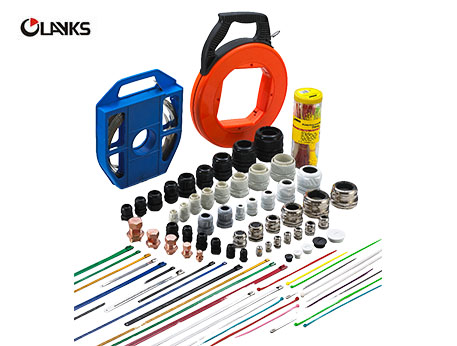summarized:erminal Blocks, DIN-Rail Terminal Block, Barrier Terminal Block, Screw Terminal Block, Spring-Cage Terminal Block, Industrial Wiring, Electrical Distribution, Control Cabinet, Automation Wiring

This case focuses on the application of high-performance Terminal Blocks in a modern industrial automation control cabinet. The project required a wiring system that was safe, durable, efficient, and easy to maintain, making terminal blocks the ideal choice.
A smart manufacturing facility upgraded its automated production system. With hundreds of sensors, relays, PLC I/O ports, and control loops, the engineers needed an electrical wiring solution that ensured stability, organization, and scalability.
The engineering team selected multiple types of terminal blocks for different circuits:
Step 1: DIN-rail mounting
Step 2: Grouping by function (power, signal, communication)
Step 3: Labeling wires and terminals
Step 4: Installing bridge jumpers
Step 5: Isolation of AC / DC circuits
Terminal Blocks remain one of the most essential components in industrial electrical wiring. Their modular design, safety features, and wiring efficiency make them indispensable in modern automation systems.